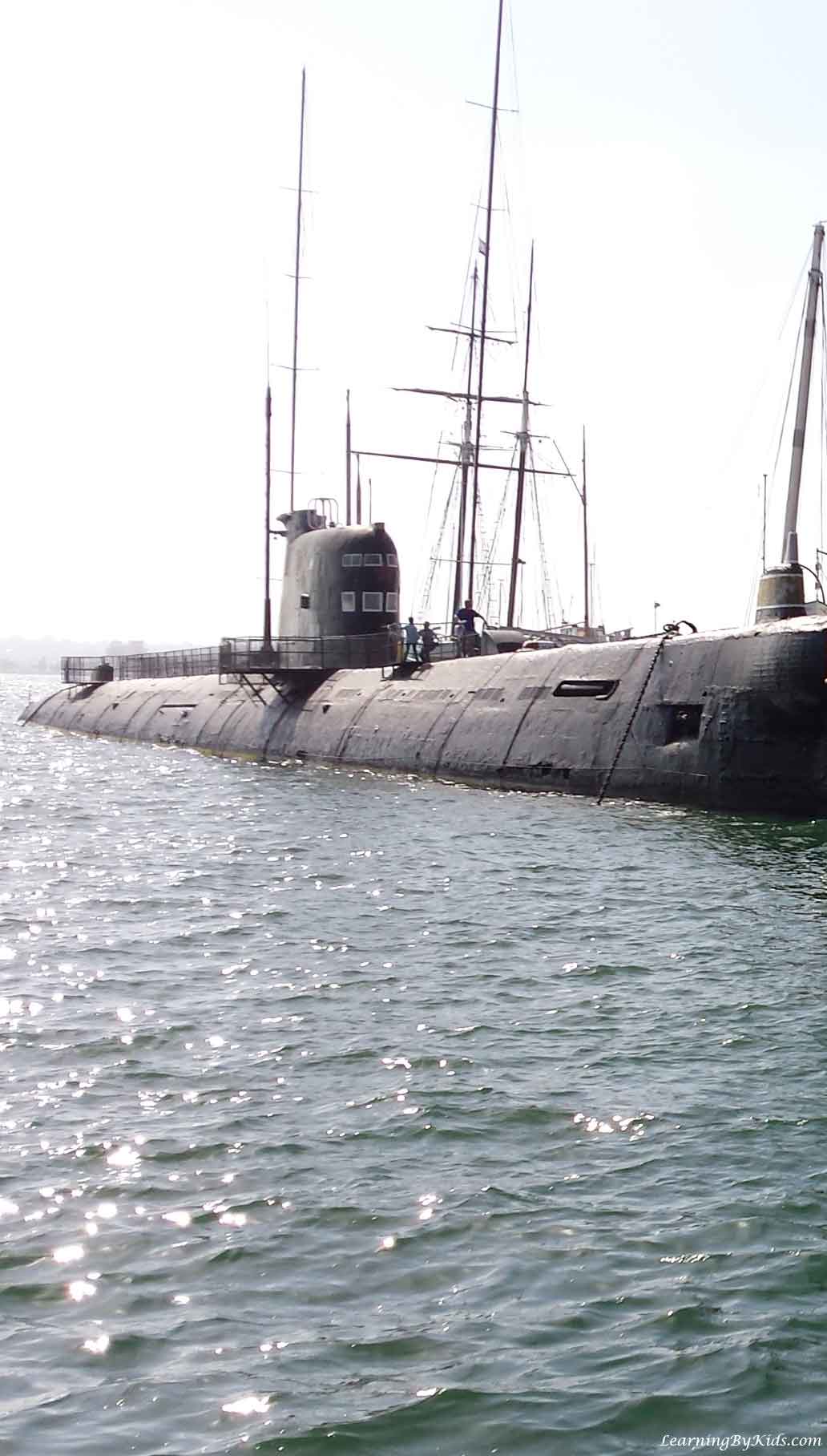We’ve often been drawn to the sea. So when we learned that we could visit a B-39 submarine from the Soviet era, we certainly jumped at the chance. After all, what better way to learn about the sea than to explore one of the many vessels used to traverse its mysterious depths?
The submarine we entered was a B-39 that had formerly served in the Soviet Navy from about 1974 and on through to 1994. It isn’t a nuclear-powered sub, but rather is a diesel electric.
The B-39 submarine used to be part of the Soviets’ Project 641. It is identified as ‘Foxtrot-class’ by NATO. It saw action in the Soviet Pacific fleet. The B-39’s homeport during its active duty years was in the Soviet city of Vladivostok.
The B-39 submarine could carry 24 torpedoes. The number and location of the B-39’s torpedo tubes are 6 forward and 4 aft.
The B-39 submarine measures 300 feet in length. It could carry 78 crewmen. Its diving depth was about 985 feet. The B-39 submarine was modeled after World War II German U-boats. It might have been a formidable contender during the 1970s, but as the Cold War drew to a close in 1989, the B-39 became more of a technological dinosaur in the 1990s. Still, the B-39 submarine’s cramped quarters seem to convey the feeling that Soviet submariners of the past were a tough bunch.
After the B-39 submarine was decommissioned in 1994, it was sold to Finland then eventually purchased by the United States. Since 2004 it has been a museum exhibit on the San Diego Bay, teaching lessons about the Cold War era. It is certainly a rare treat to tour a Soviet submarine, since not many are around for public viewing. If the B-39 looks familiar, that’s because the Ed Harris film Phantom (released in 2013) was filmed onboard the B-39.







